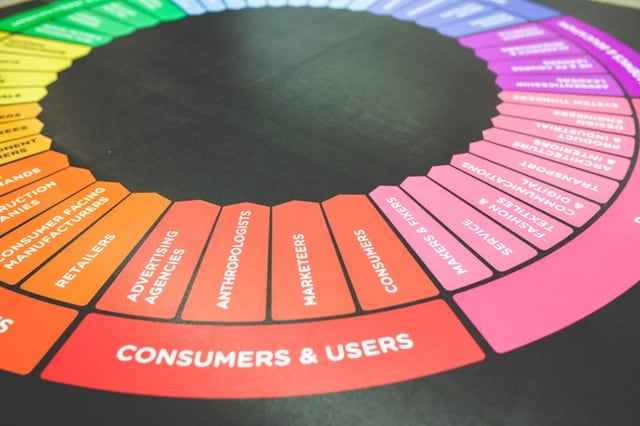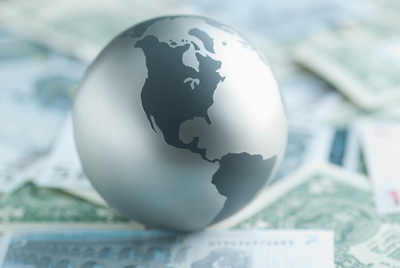Due to globalization business enterprises are now operating in different countries. Economic globalization has led to the integration of financial markets and global trade.
Accelerated Growth of Global Markets
In the 21st century international trade has proved to be the driver of growth in not only global trade but also economic integration. The immense strides made in science and technology has further facilitated the globalization of markets and enterprises’ ability to trade in international spheres. Companies are now casting their nets into the wide international markets hence increasing their output to cater for the extended market.
Breaking Down of Marketing Boundaries
Globalization and integration of economies have facilitated the breaking down of boundaries. Take for instance the case of the European Economic Union which has opened up markets and promoted the use of a single currency. Economic liberalization has led to the realization of free trade areas, reduction of distance and tariffs. The emergence of international financial regulators and facilitators such as the World Trade organization has brought about the decline in trade tariffs and opened up new markets. Regional trade agreements have further enhanced economic integration which made trading much easier. Many countries are also moving towards a market-driven economy which is capitalist in nature. Free market systems encourage the growth of trade and access to markets. In light of these developments marketing ought to be revolutionized to cater for the needs of the different consumers in different markets.

Product Proliferation and Shortening Product Life Cycle
Scientific inventions have improved the development of new products. The ever-changing and growing consumer needs have forced firms to customize products in line with customer specifications (Keegan, Warren,&Schlegelmilch, 2001). Firms are always competing to devise new products and retain their market share control. The proliferation of goods has enhanced the complexity of organizations to maintain their market segment and sustain their unique marketing proposition (UMP).
Growing Strength of Retailers
Global retail sales shot up to an estimate of 8 trillion USD in 2002. Moreover, the sales of top retailers accounted for 29% of the world market. This has motivated big retailers to put their labels on their goods resulting in a tough competition between manufacturers and retailers. In the United States, private labels collectively command greater shares in comparison with the largest national brand. Private labels share increased from 0.2% to 15 % between 2002 and 2003 according to an ACNeilsen report (Malhotra, 2003).
Knowledge Economy
Knowledge economy entails the production of goods and services using information-intensive methodologies; knowledge economy stresses on the use of intellect more than physical effort. The advent of the information economy is steadily gaining significance in realizing competitiveness in organizations. The most progressive industries with high levels of growth such as designing, IT, biotechnology and electronics are chiefly knowledge-based ( Toyne&Walters, 1989). Intellectual property wields a lot of significance in today’s economies. Firms utilize intellectual property to acquire a competitive advantage over their competitors.
Information and Communication Technology
The use of the internet has revolutionized and integrated activities including marketing strategies. There are more mobile handsets and wireless devices than PCs. The use of social media marketing is on the rise as there are many people with social media accounts such as Facebook and Twitter. Social media marketing ensures increased brand recognition, enhanced brand loyalty, high conversion rates and access to a wide range of customers. Furthermore, Communication is vital for any commercial enterprise but constructive engagement with customers creates a good rapport between the business and its clientele

Reverse Marketing
Technological innovation has enabled customers to engage in research on the products available in the market; this is referred to reverse marketing. Reverse marketing enables to identify their tastes and relay their preferences to the target producers through reverse promotion. The conventional marketing strategies are usually conducted by business enterprises but with the changes in the global environment consumers are gradually changing marketing trends by conducting their own market analysis.
Physical Market-place to Virtual Market-space
The idea of e-marketing has changed the marketing processes from ‘physical marketplace’ to ‘virtual market-space’ that has extensively transformed consumer decision-making. E-marketing requires that content is user-specific as compared to the traditional media method of mass communication. The advertisement strategy should now focus on the specific needs of individual consumers (Hollensen, 2007).
